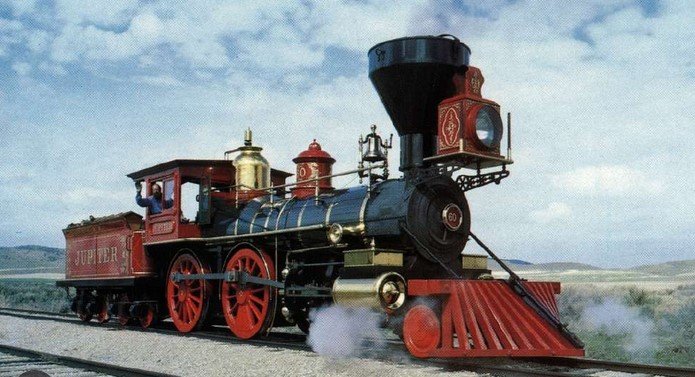The evolution of rail travel over the decades has transformed the way people move across regions and continents. From its humble beginnings in the 19th century to the high-speed trains of today, rail travel has constantly adapted to meet the changing needs of society. Each step of this evolution has brought technological advancements, improved comfort, and a greater focus on sustainability. In this post, we’ll explore how rail travel has developed over time and its impact on transportation.

The Birth of Rail Travel
Rail travel began in the early 19th century with the invention of steam-powered locomotives. The world’s first steam-powered train, built by George Stephenson in 1814, marked the beginning of an era that would revolutionize transportation. The opening of the first public railway, the Stockton and Darlington Railway in 1825, and later the famous Liverpool and Manchester Railway in 1830, set the stage for widespread train travel.
At first, rail travel was a luxury only available to the wealthy. The trains were slow, noisy, and uncomfortable compared to modern standards. Yet, they were incredibly fast compared to horse-drawn carts, making them an attractive option for travellers and freight. The rapid expansion of rail networks during the 19th century made trains a vital part of the economy and a symbol of progress.
The Rise of Comfort and Innovation
As rail travel continued to grow, so did the demand for comfort and speed. In the late 1800s, railroads began investing in more luxurious train cars, with improved seating, dining cars, and sleeper cabins. The creation of the “Pullman cars” by George Pullman in the 1860s marked a significant milestone in the evolution of rail travel. These cars offered plush accommodations, including comfortable seats and berths, and became a symbol of luxury for long-distance travellers.
In the early 20th century, technological advancements further improved the speed and efficiency of trains. Innovations like the use of steel in construction made trains lighter and faster. The introduction of electric trains in some regions, particularly in cities, replaced steam engines and offered a quieter, cleaner, and more efficient alternative. Railroads also expanded their routes, connecting previously isolated regions and creating a more interconnected world.
High-Speed Trains and Global Connectivity
By the mid-20th century, the focus of rail travel shifted to speed and connectivity. High-speed trains, such as Japan’s Shinkansen, introduced in 1964, revolutionized travel by dramatically reducing travel times between major cities. The Shinkansen’s success prompted other countries, such as France and Germany, to develop their own high-speed rail networks.
High-speed rail became a symbol of modern travel. These trains could reach speeds of over 200 miles per hour, making them a competitive alternative to air travel for short- and medium-distance journeys. Cities once separated by hours of driving or flight time could now be connected in just a few hours, making rail a more efficient and eco-friendly choice.
The Shift Toward Sustainability and Electrification
In recent decades, the evolution of rail travel has focused heavily on sustainability. As environmental concerns grew, many rail systems turned to electrification as a way to reduce emissions and lower their carbon footprint. Electrified trains, which run on electricity from power grids, produce fewer greenhouse gases than their diesel counterparts, making them a cleaner option for long-distance and high-speed travel.
Countries around the world have made significant investments in electric rail infrastructure, with regions like Europe, Asia, and parts of North America leading the way. Trains that run on renewable energy sources, such as solar and wind power, are becoming more common, helping rail travel align with the global push for sustainability. This shift is expected to continue as technology advances, making rail travel even more eco-friendly in the future.
Conclusion
The evolution of rail travel over the decades has been marked by significant changes in speed, comfort, and sustainability. From the steam-powered locomotives of the 19th century to the high-speed electric trains of today, rail travel has constantly adapted to meet the needs of society. As technology continues to evolve, the future of rail travel looks brighter than ever. With a continued focus on innovation and sustainability, rail travel will undoubtedly remain an important part of the global transportation landscape for years to come.



